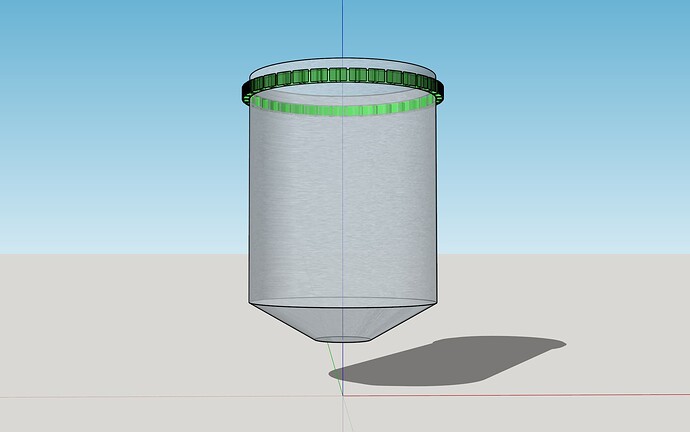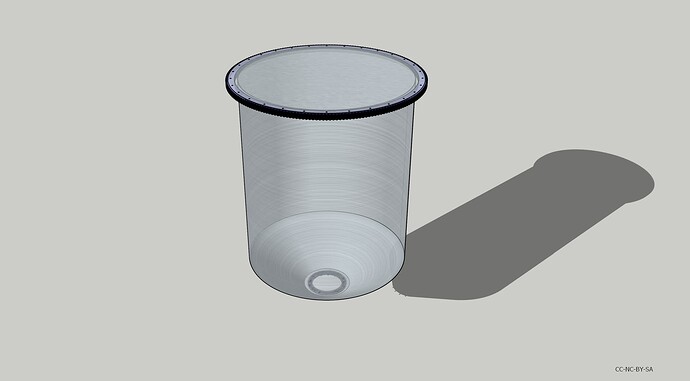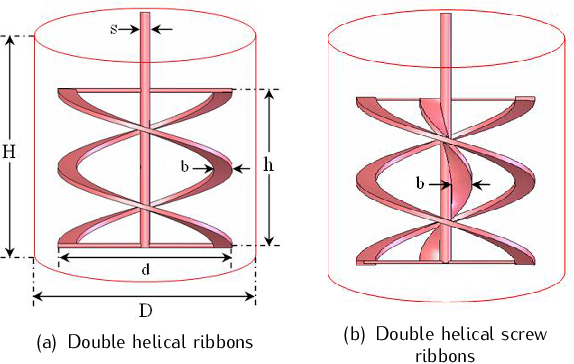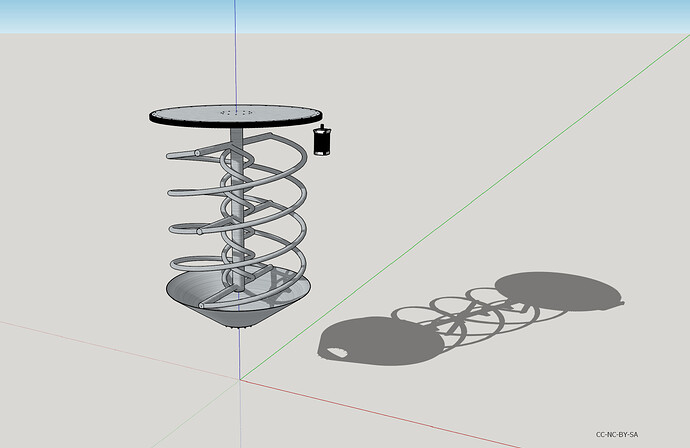This is seriously off topic for this forum, so this is the last time I answer, to respect other people.
Food sticks to the pot when the pot is hot enough to cause scorching, well above boiling. An induction cooker (Induction cooking - Wikipedia) makes it easy to sense the temperature at the bottom of the pot and regulate power to keep a stable temperature (using a PID or even just a thermostat). As a matter of fact, pretty much any induction cooker these days has temperature control. If the bottom of the pot is at below boiling temperature, there’s no scorching. Heat moves up, so over time all the food in the pot will be at the same temperature.
Any type of food cooks just fine at below boiling temperature. As a matter of fact, as long as there is water in the food, outside of the bottom scorching, the rest of the food cooks at no more than 100C. What it doesn’t happen at below 100C, is the Maillard reaction, responsible for a lot of the flavorful compounds in food. For that you need high temperature (meat “searing”, sautéing, etc) to develop those compounds which then are infused into the stew cooking at lower temperature.
Cooking a stew with the bottom of the pot at 200C or 95C,results in the same flavors and cooking profile, just the former needs constant stirring to avoid sticking and burning, the latter is hands off. I highly recommend Ruhlman's Twenty: 20 Techniques 100 Recipes A Cook's Manifesto: Ruhlman, Michael, Ruhlman, Donna Turner: 8601420473027: Amazon.com: Books to understand why we cook food the way we do. Every recipe is built our of those basic rules, no matter of complex it is.
The problem of induction pots in displaced populations is that it requires electricity, and most of the times it’s easier to have a LPG tank than reliable electricity. But since your solution requires power anyway, might as well use an induction cooker and solve a lot more problems a lot better.
Or, if you want to use gas for cooking, you use a jacketed pot: the way a jacketed pot works, it’s a double walled vessel. You have water in the space between outer and inner layers, and you heat the water or steam. Since water at atmospheric pressure can never be above 100C, the inner surface is never above scorching, and there’s no need to stir. In that case, you’d sauté in a separate pan over the flame, then dump the content into the jacketed pot, add meat/lentils/rice as needed, and walk away until ready.
Electricity or no electricity, there are a lot of better ways to address the original need. You contraption is a waste of time and resources that does not address any real need.
As for "someone with experience in large scale cooking " I hope either you misunderstood what was said, or that person should never be allowed near any food. Yes, if you want to store cooked food at refrigerated temperatures, you need to quickly drop the temperature outside of the "danger zone’ where bacterial growth happens (4C-60C). In 6-7 hours you’d have a bacterial load to kill a small city. You need to use a flash freezer or high speed cooler, and the food should not stay at between 4C and 60 for longer than minutes, not hours. That’s why what that person said would never work outside of an industrial plant where food can be cooled in minutes using powerful coolers. In the field, there’s no way to cool food fast enough to avoid food poisoning due to bacterial growth.
The way to keep food safe for long times, is to keep it hot enough so that bacteria can’t grow (above 60-65C). At those temperatures, food is safe for days (but the food gets mushy after too long). If you are feeding hundreds of people over hours, you must keep it hot all along, there’s no other way. And for that you need an induction cooker, a jacketed pot, or a way to control temperature to avoid scorching.
For more info, see Hazard analysis and critical control points - Wikipedia
…and now I’m signing off









